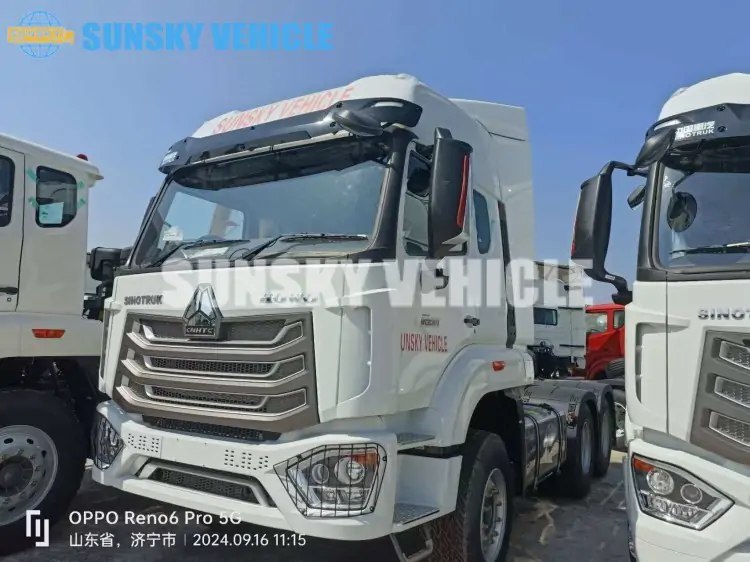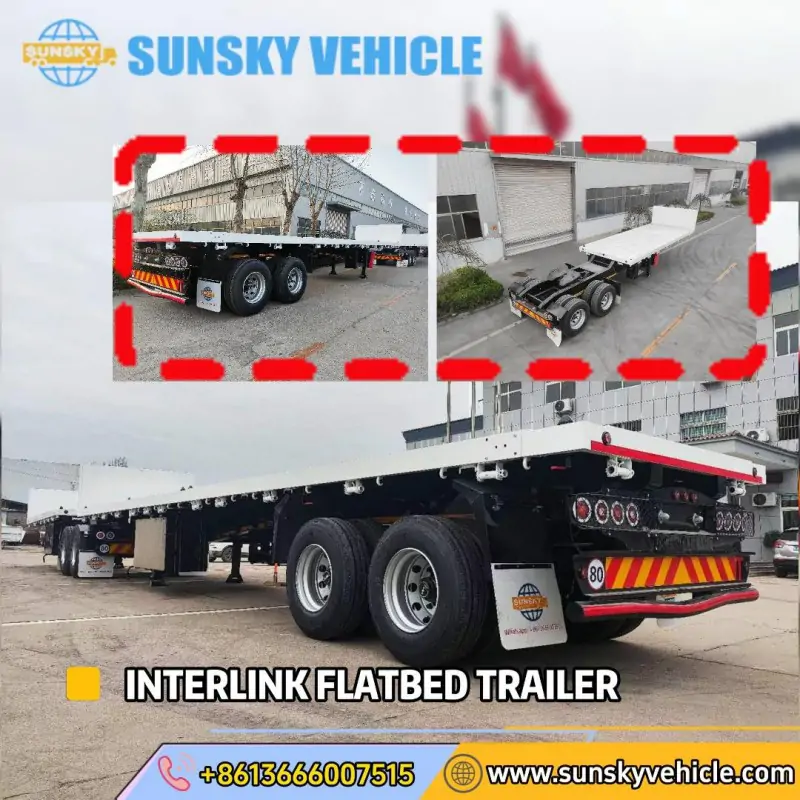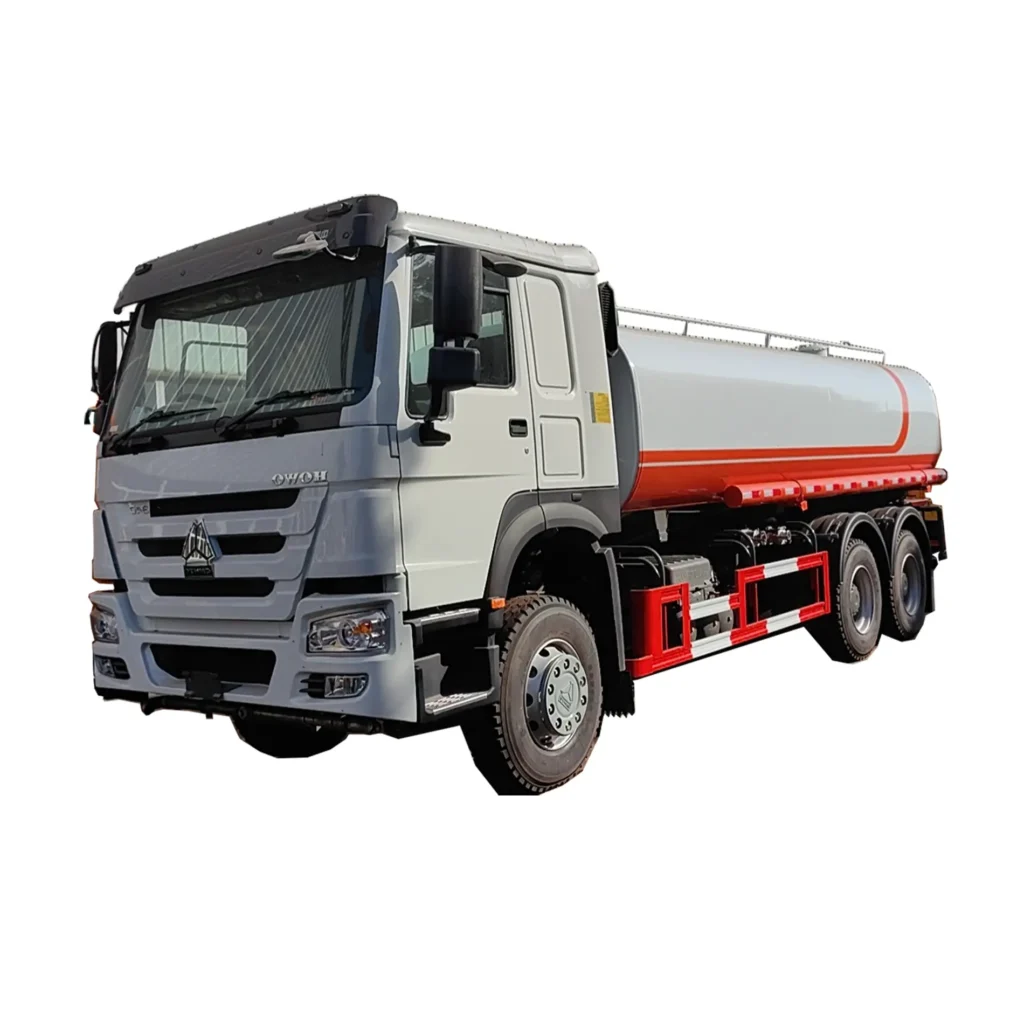
Water Bowser Truck
Discover our robust range of water bowser trucks, including versatile water tanker trucks and efficient water delivery trucks, engineered for critical liquid transport. We offer dependable water haulers featuring high-capacity tanks, powerful pumping systems, and durable construction, ensuring safe and precise water distribution for construction, agriculture, dust suppression, and emergency services.
What is Water Bowser Truck?
A water bowser truck, often called a water tanker truck, water delivery truck, or water hauler, is a specialized commercial vehicle designed for the bulk transport and dispensing of water. It features a large, often cylindrical, tank mounted onto a truck chassis, specifically engineered to hold and distribute significant volumes of water. These trucks are equipped with pumping systems, spray nozzles, and hoses, allowing them to perform various functions beyond just transport, such as dust suppression, irrigation, fire suppression support, and potable water delivery. Water bowser trucks are essential assets in industries like construction, mining, agriculture, and public works, where efficient and mobile water supply is critical.
Water Bowser Truck for sale
No products were found matching your selection.
Freight Truck application scenarios
Water bowser trucks, also known as water tanker trucks, water delivery trucks, or water haulers, are indispensable for a wide array of scenarios requiring efficient and mobile water distribution.
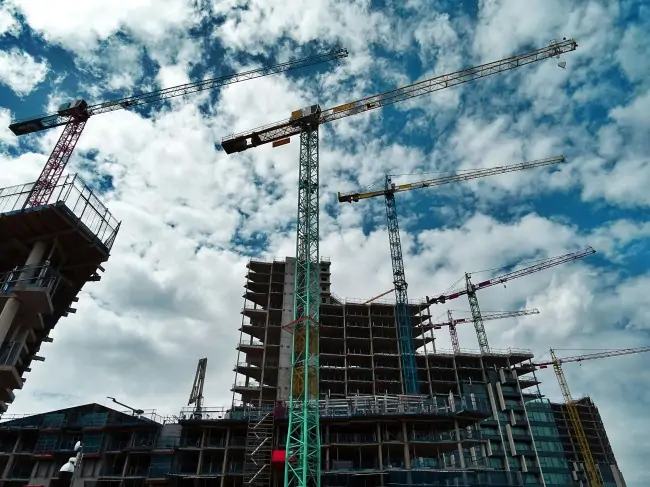
Construction Sites: Primarily used for dust suppression on unpaved roads and active construction areas, preventing airborne dust from impacting air quality and visibility. They also provide water for compaction, mixing concrete, and general site cleaning.
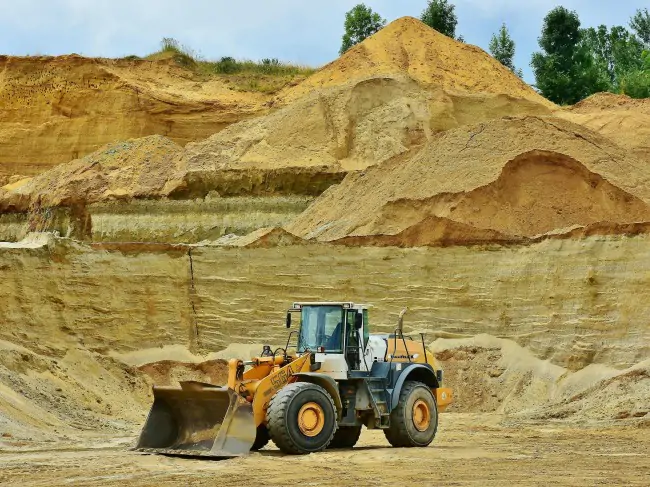
Mining Operations: Essential for dust control on mine roads and excavation sites, which is critical for safety and environmental compliance. They also supply water for drilling and processing.
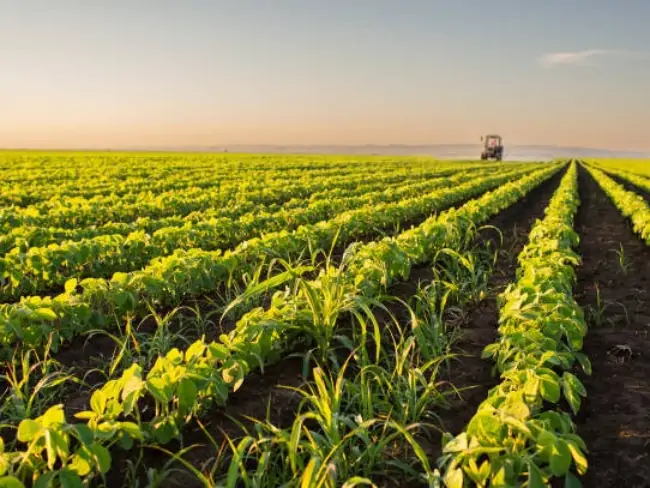
Agriculture & Farming: Used for irrigation of crops in fields, refilling livestock troughs, and transporting water for agricultural spraying applications, especially in areas lacking direct water sources.
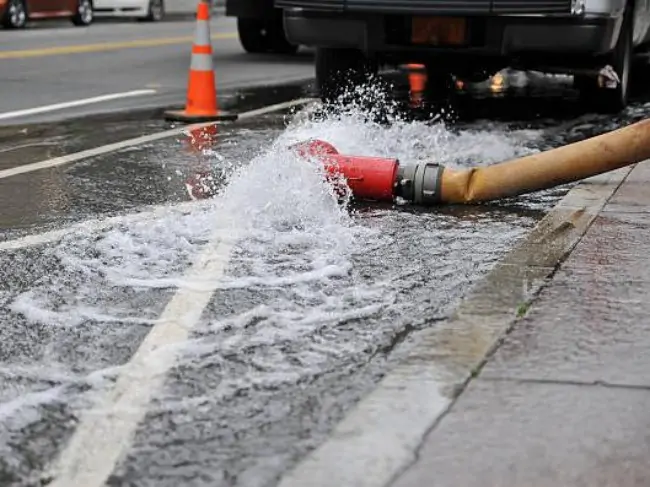
Road & Infrastructure Projects: Employed for compacting soil and aggregates during road construction, cleaning road surfaces, and maintaining verges.
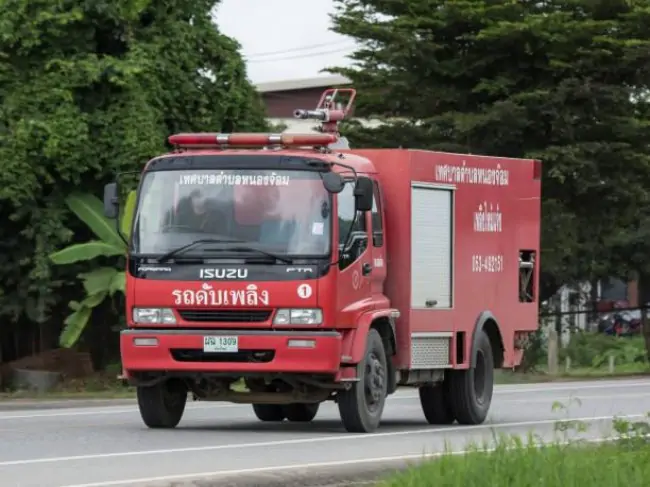
Fire Suppression Support: Providing crucial water supply for rural firefighting efforts, refilling smaller fire trucks, or creating fire breaks in remote areas.
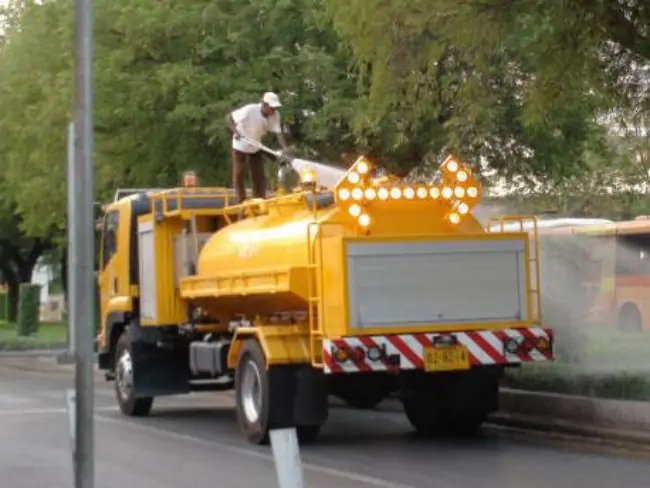
Emergency & Disaster Relief: Delivering potable water to communities affected by natural disasters or water supply disruptions.
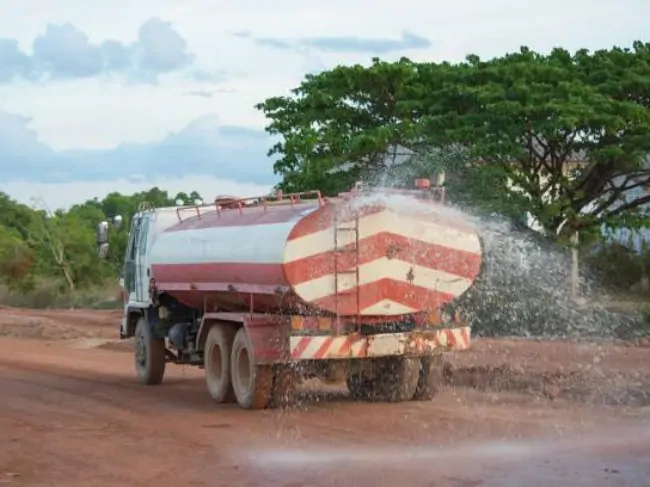
Landscape & Erosion Control: Applying water to newly seeded areas for revegetation or for controlling erosion on sloped terrains.
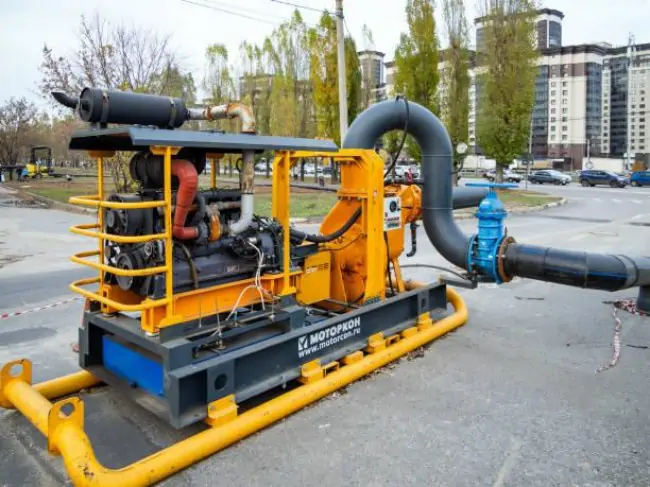
Event Management: Supplying water for large outdoor events, festivals, or temporary facilities.
Standard configuration
-
truck body length
-
12R22.5 Tires
-
LED light system
-
Q345 steel
-
surface paint process
-
Leaf spring suspension
-
condition of the chassis cab
Customizable options
-
truck body height
-
truck body design
-
LHD/RHD
-
payload
-
vehicle brand
-
accessory(fuel tank,water tank)
-
color
Looking for some new designs ?
Water tank truck detail design
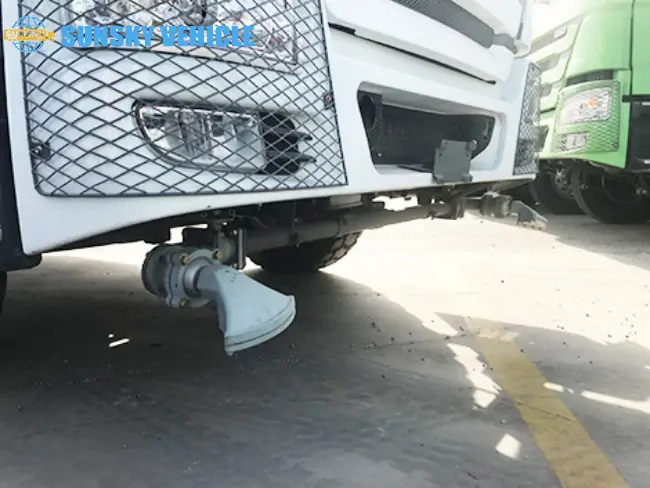
Front Sprayer: The Howo Water Tank Truck features a front sprayer that enables precise water distribution. With a work scope of 14-18 meters, it ensures efficient coverage of the desired area, making it ideal for irrigation and dust suppression.
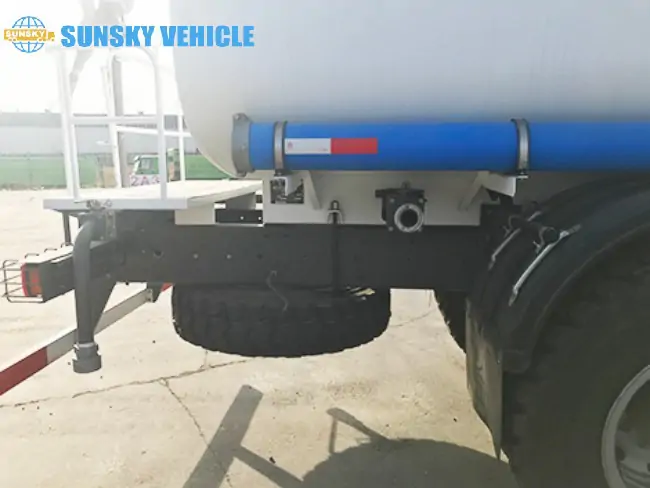
Rear Sprinkler: Equipped with a rear sprinkler, this truck ensures comprehensive water distribution. Its wide work scope of about 35 meters allows for effective water spraying, making it suitable for applications such as street cleaning and firefighting.
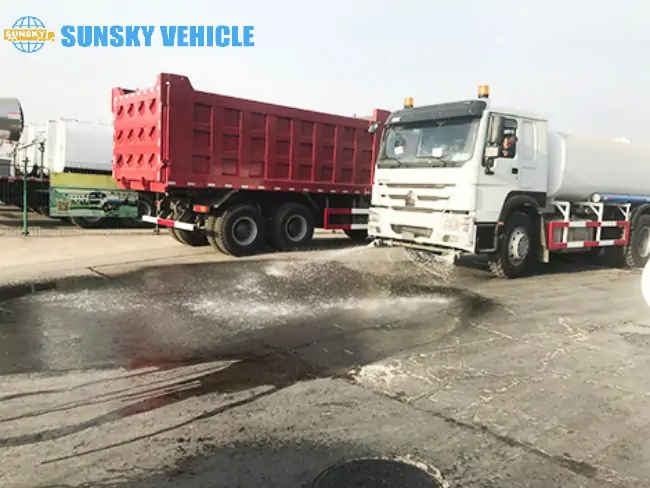
Water Pump: The Howo Water Tank Truck is equipped with a high-performance water pump. This powerful pump ensures a steady flow of water, enabling efficient water distribution even over long distances.
Video of Water tank truck
HOWO 340HP 20,000L Water Bowser

The truck type you are looking for is not found
FAQ
What are the primary uses of a water bowser truck on a construction site?
On a construction site, a water bowser truck, often referred to as a water tanker truck or water delivery truck, serves several critical functions that are essential for safety, efficiency, and environmental compliance. Its primary use is dust suppression. Construction sites, especially those with unpaved roads or exposed soil, generate significant amounts of airborne dust. The water bowser truck uses its spray nozzles to wet down these areas, preventing dust from impacting air quality, visibility for equipment operators, and worker health. This is crucial for meeting environmental regulations and maintaining a safe working environment.
Beyond dust control, these water haulers are also vital for soil compaction. During road building or site preparation, water is sprayed onto the soil to achieve optimal moisture content, which is necessary for proper compaction before laying foundations or paving. They can also supply water for mixing concrete, cleaning heavy machinery, washing down roads, and for general site sanitation purposes. The mobility and large capacity of a water bowser truck make it an indispensable asset for managing water resources on dynamic construction sites.
How do water tanker trucks help with dust suppression?
Water tanker trucks, also known as water bowser trucks or water delivery trucks, are highly effective for dust suppression due to their specialized design and capabilities. The core of their function lies in their ability to carry large volumes of water and then efficiently spray or mist it over dusty areas. They are equipped with powerful pumping systems that draw water from the main tank and force it out through various spray nozzles located at the front, sides, and/or rear of the truck.
When driven over unpaved roads, construction sites, or mining areas, these nozzles disperse water in a controlled pattern, creating a fine mist or steady stream that settles airborne dust particles and wets the ground. This process binds the dust particles together, preventing them from becoming airborne in the first place, or causes existing airborne dust to fall out of the air. Regular application by a water hauler significantly reduces particulate matter, improving air quality, increasing visibility for workers and equipment, and minimizing environmental impact. The controlled and widespread application makes water tanker trucks an indispensable tool for dust management.
Can water delivery trucks be used to transport potable (drinking) water?
Yes, water delivery trucks, often specific types of water bowser trucks or water tanker trucks, can indeed be used to transport potable (drinking) water, but with very strict requirements and certifications. When intended for potable water, the tank, pumping system, hoses, and all internal components must be made from food-grade materials (like stainless steel or specific types of plastic) that will not contaminate the water. They must also be dedicated exclusively to potable water transport and cannot be used for any other type of liquid (like non-potable water for dust suppression, chemicals, or fuel) to prevent cross-contamination.
These specialized water haulers undergo rigorous cleaning protocols and regular inspections to maintain sanitary conditions. They are often clearly marked “Potable Water Only” to avoid any confusion. Such trucks are crucial in emergency situations where local water supplies are disrupted, for providing water to remote communities, or for special events where a municipal water connection isn’t available. Therefore, while not all water bowser trucks are suitable for drinking water, specialized and certified versions are vital for safe potable water distribution.
What are the key maintenance considerations for a water hauler?
Maintaining a water hauler, or water bowser truck, is crucial for its longevity and efficiency and to prevent costly breakdowns, especially given its role in liquid transport. Firstly, regular inspection of the tank interior and exterior is paramount. Check for signs of corrosion, cracks, or leaks, particularly around welds and fittings. Any rust should be addressed promptly to prevent compromise of the tank’s integrity, especially if used for potable water.
Secondly, the pumping system requires consistent attention. Inspect the pump itself for wear, leaks, and proper lubrication. Hoses should be checked for cracks, blockages, or worn connections. Filters should be cleaned or replaced regularly to ensure efficient flow and prevent debris from damaging the pump or spray nozzles. Thirdly, spray nozzles and valves need frequent cleaning to prevent mineral buildup or clogging, ensuring even water distribution. Fourthly, the truck chassis components (engine, brakes, tires, and suspension) require standard commercial vehicle maintenance, which is vital as the truck often operates with heavy, shifting liquid loads. Lastly, if the water tanker truck is used for potable water, strict cleaning and sanitization protocols must be adhered to to prevent contamination and maintain certifications.
How does the pumping system on a water bowser truck work?
The pumping system on a water bowser truck, or water delivery truck, is the core component that enables it to efficiently load and dispense water for various applications. Typically, these trucks utilize a centrifugal pump, which is often powered by the truck’s engine via a Power Take-Off (PTO) unit, or sometimes by a dedicated auxiliary engine.
When loading, the pump creates a vacuum to draw water from an external source (like a fire hydrant, pond, or large storage tank) through a suction hose and into the main water tank. For dispensing, the pump reverses its function or simply pushes the water under pressure through the truck’s internal piping system. This pressurized water then exits through various spray nozzles (located at the front, rear, or sides for dust suppression or road washing) or through a discharge hose for targeted delivery (e.g., filling smaller tanks, irrigation). The operator controls the pump’s speed and valve settings to regulate water flow and pressure, ensuring precise and efficient distribution from the water tanker truck, whether for a wide spray on a construction site or a controlled fill for an agricultural sprayer.
Connect with us
Ready to partner? We’re convinced Sunsky Vehicle is your best choice! Reach out through the form or by phone.

*Our team will answer your inquiries within 24 hours.
*Your information will be kept strictly confidential.
Contact Info
-
+86 13666007515
-
sunskyvehicle@gmail.com
-
No.99 Xiangyu Road, Xiamen Free Trade Zone,HULI DISTRICT, XIAMEN,CHINA Factory address: Liangshan district, Jining city, Shandong, China
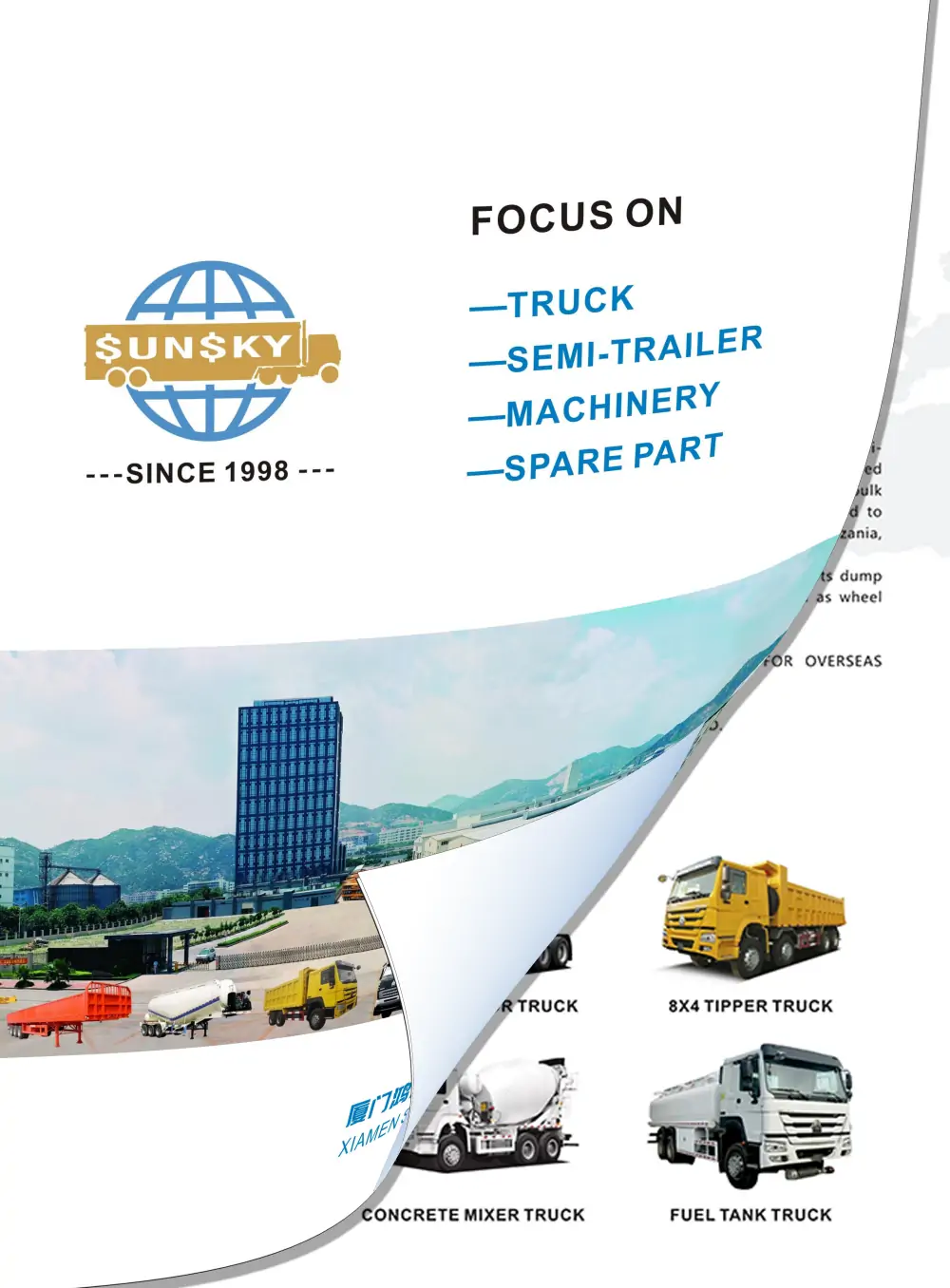
Copyright © 2020 Xiamen Sunsky Vehicle Co.,Ltd..All Rights Rese Co.,Ltd..All Rights Reserved.
Get A Quote
The more details you provide, the faster we can quote.
*Our team will answer your inquiries within 12 hours.
*Your information will be kept strictly confidential.











